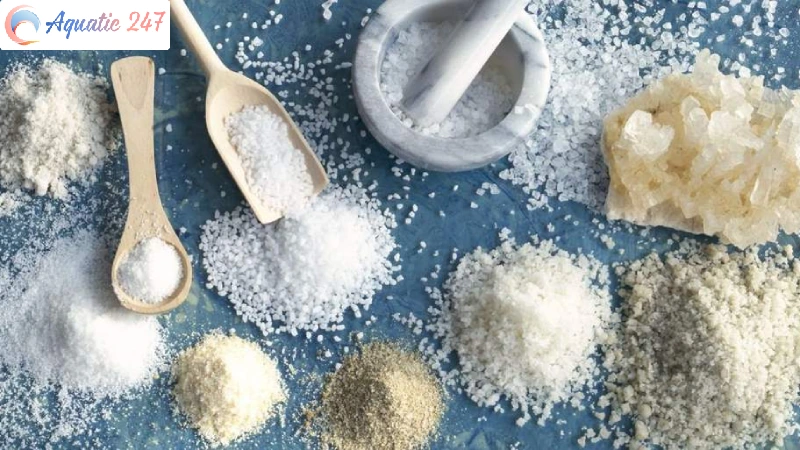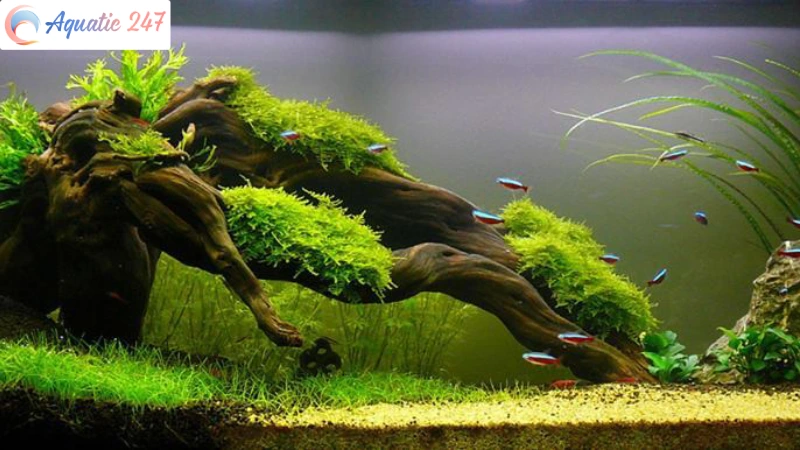Can I use sea salt instead of aquarium salt? The use of salt in an aquarium is undoubtedly a controversial topic. In this post, Aquatic 247 will answer questions to help you make the best decision.
What’s the difference between aquarium salt vs table salt?
Adding salt to a freshwater aquarium may seem a bit counterintuitive, but some aquarists believe that adding salt to an aquarium will benefit the fish. Below is a comparison between aquarium salt vs sea salt.
What is an aquarium salt?
Aquarium salt for freshwater fish tanks is a popular product found in most pet stores. Freshwater aquarium salt is typically derived from evaporated seawater. As a product made exclusively for freshwater aquariums, it contains no fish-harming additives like iodine or anti-caking agents. Remember that aquarium salt from different producers may have varied chemical compositions.
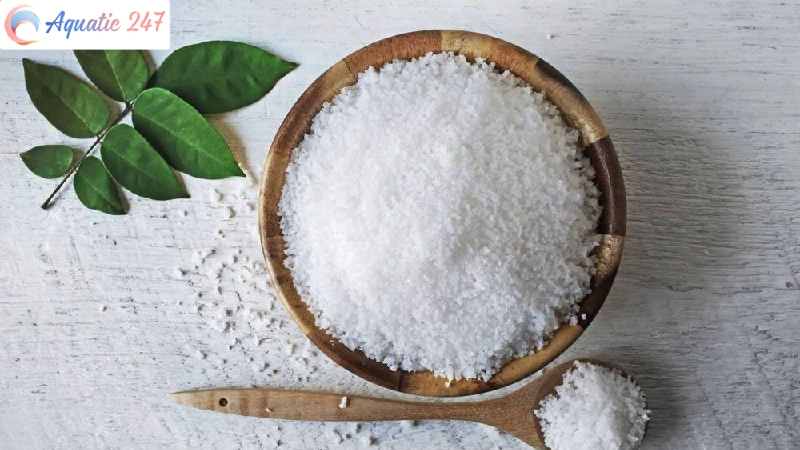
What is a table salt?
Most salt shakers include table salt, which is granular white salt. Table salt is typically produced from underground mines. It is treated to eliminate additional minerals. Table salt is frequently supplemented with iodine, which is essential for thyroid function.

The importance of understanding aquarium salt sea salt
Understanding the differences between aquarium salt sea salt is critical when deciding which to use. Aquarium salt is a specially prepared sodium chloride mixture intended for use in freshwater or saltwater tanks. Sea salt is derived from the sea and contains numerous minerals that are useful to marine life.
It’s crucial to realize that not all sea salts are appropriate for aquariums. So, aquarium salt substitute with other salts necessitates precise calculations.
As a result, while transitioning from one product to another, use caution and always follow the manufacturer’s instructions. Aquarium salt that has been supplemented with “extra” additions like aloe or oak bark is commonly available in retailers.
Can I use sea salt instead of aquarium salt?
The answer is considered. Sea salt is substantially more complicated in composition than table salt. In addition to sodium chloride, it may contain calcium, magnesium, potassium, or zinc. The content of sea salt from various mines might differ greatly. Sea salt is only ideal for aquariums containing marine fish and invertebrates.
Factors to consider when substituting sea salt for aquarium salt
When deciding whether to substitute sea salt for aquarium salt, various considerations must be considered. Here are the main factors to help you consult.
Contains no additives
You must check that the sea salt you choose does not include additives, particularly iodine, which can be hazardous to aquatic life. Furthermore, the mineral makeup of sea salt has the potential to alter the pH and general chemistry of the water in the tank.
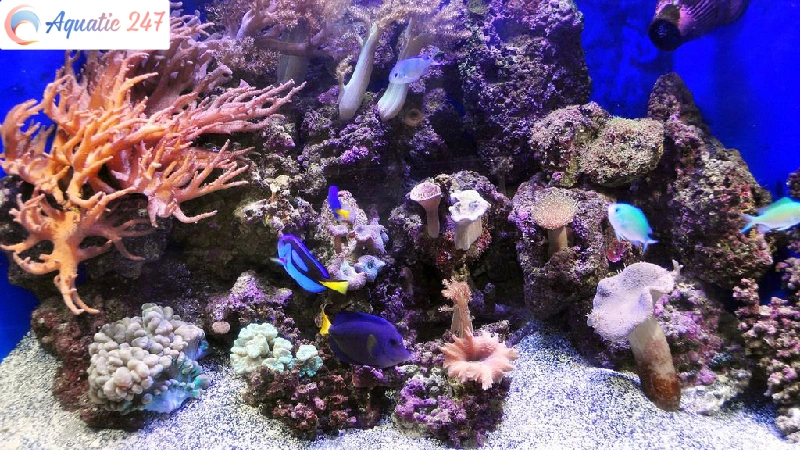
Watch closely for behavior
Certain marine creatures may be more sensitive to changes in water conditions than others. To guarantee their health, you should regularly observe their behavior following the addition of sea salt. This is the key to addressing the question: Can I use sea salt instead of aquarium salt?
How to safely use in a freshwater aquarium?
First and foremost, take care. If you’re introducing salt for the first time, start with half of the manufacturer’s recommended amount and add the remaining half after two days (if the fish responds well). Also, be prepared to act fast if the fish begin to behave strangely. The only way to save yourself in this scenario is to catch fish and completely replenish the water.
Salt should never be added directly to the aquarium; instead, dissolve it thoroughly in a portion of the water and gradually add it, waiting for the solution to be uniformly distributed throughout the tank.
Remember that salt does not evaporate nor is it removed by the filter! The only way to get rid of it is to change your water. As a result, if only partial water changes are required, there is no need to load the aquarium with salt. If we do a 30% water change, we add 30% salt to the whole tank.
You should also consider water evaporation; less water in the aquarium equals a higher salt concentration. Water must be poured in as quickly as possible, but without adding salt.
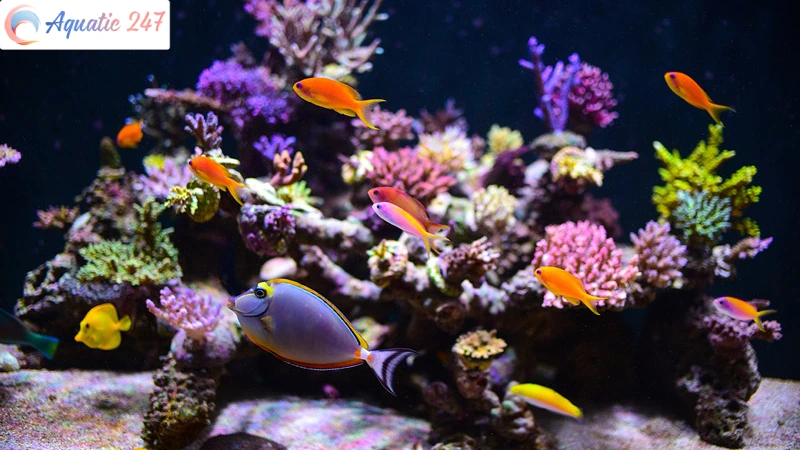
In conclusion
Can I use sea salt instead of aquarium salt? Although sea salt may appear to be a natural alternative to aquarium salt, it is not advised for use in aquariums. Sea salt contains several minerals that might disrupt the balance of the aquarium.
Using sea salt instead of aquarium salt might alter your fish’s osmoregulation, causing stress and health issues. To provide the optimum habitat for your aquatic pets, follow proper care guidelines and utilize items created exclusively for aquariums.

